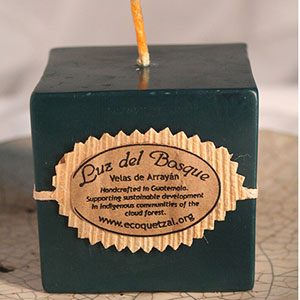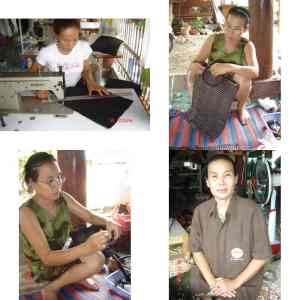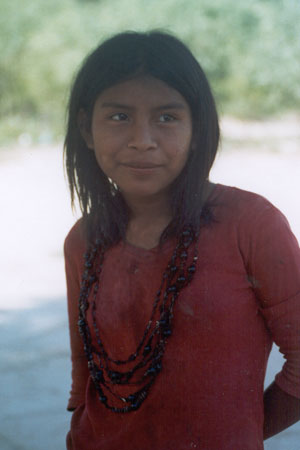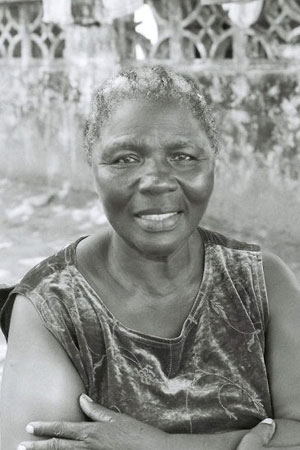Meet Mon Saman. She is a 23-year old widow and mother of a 2-year old little girl. She was born in Ou Taki village, a

Location of Bat Tam Bang, Cambodia. Source: http://en.wikipedia.org/wiki/Battambang_Province
small rural village in Bat Tam Bang province in north-western Cambodia. Life in this part of Cambodia is hard, with most of the population surviving on subsistence agriculture. Mon carries the responsibility of raising her small daughter on her own. With only a 6th grade education, she found an opportunity for stability when she was accepted into a weavers’ cooperative in 2006. In this co-op Mon received intensive training in the traditional skill of loom weaving. She now has regular work with her co-op to weave beautiful silk and cotton textiles.
The textiles Mon and her fellow weavers make are used in the production of a number of items, including Bambootique’s newest line of natural-dye scarves. These are our highest-quality, softest scarves we’ve ever carried. The silk is hand-dyed with 100% natural dyes made from local plants so there are no chemicals used. They’re so silky soft and lightweight, perfect for spring.
See a sneak preview below and the full collection here.





 One of the many seeds that grew into
One of the many seeds that grew into 


 of art.
of art.





 The pieces are finished over a scorching hot fire, which blackens the pottery or adds color, depending on the type of clay used.
The pieces are finished over a scorching hot fire, which blackens the pottery or adds color, depending on the type of clay used. Finished beads. The blue/ green colors are glaze, the reds, blacks and whites are formed through an incredible combination of various clays and heat.
Finished beads. The blue/ green colors are glaze, the reds, blacks and whites are formed through an incredible combination of various clays and heat.

















